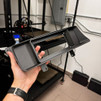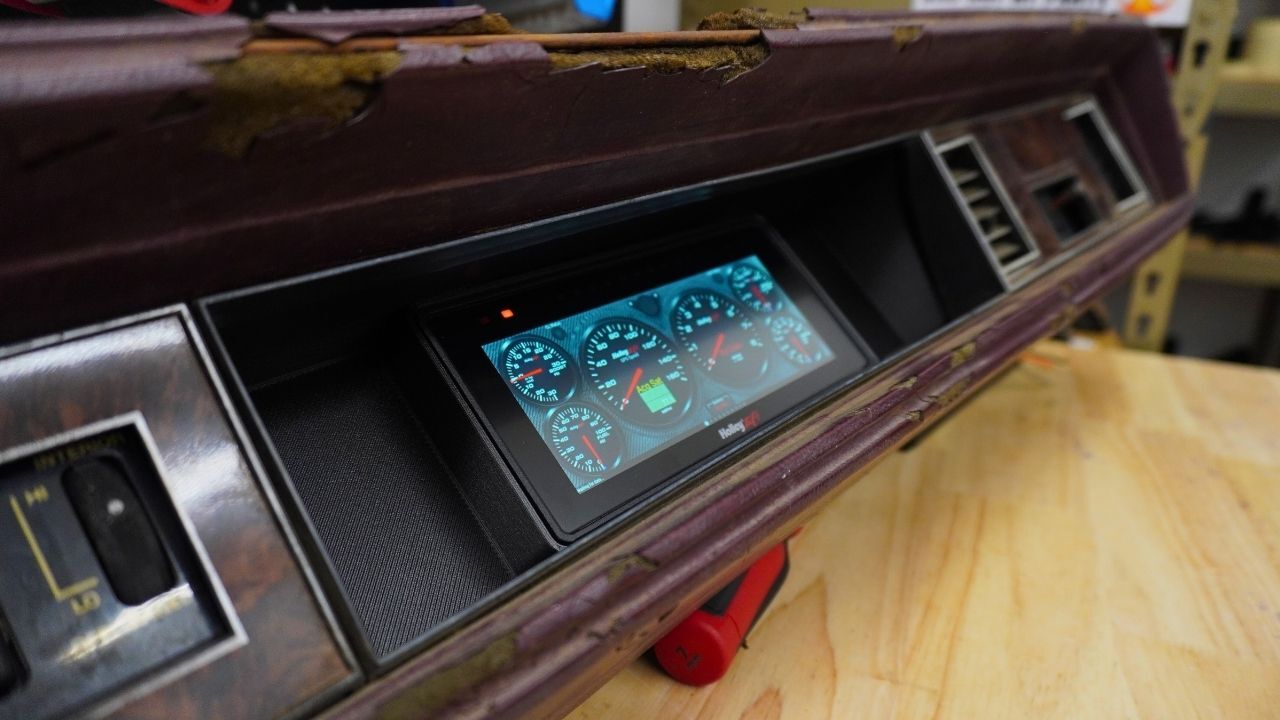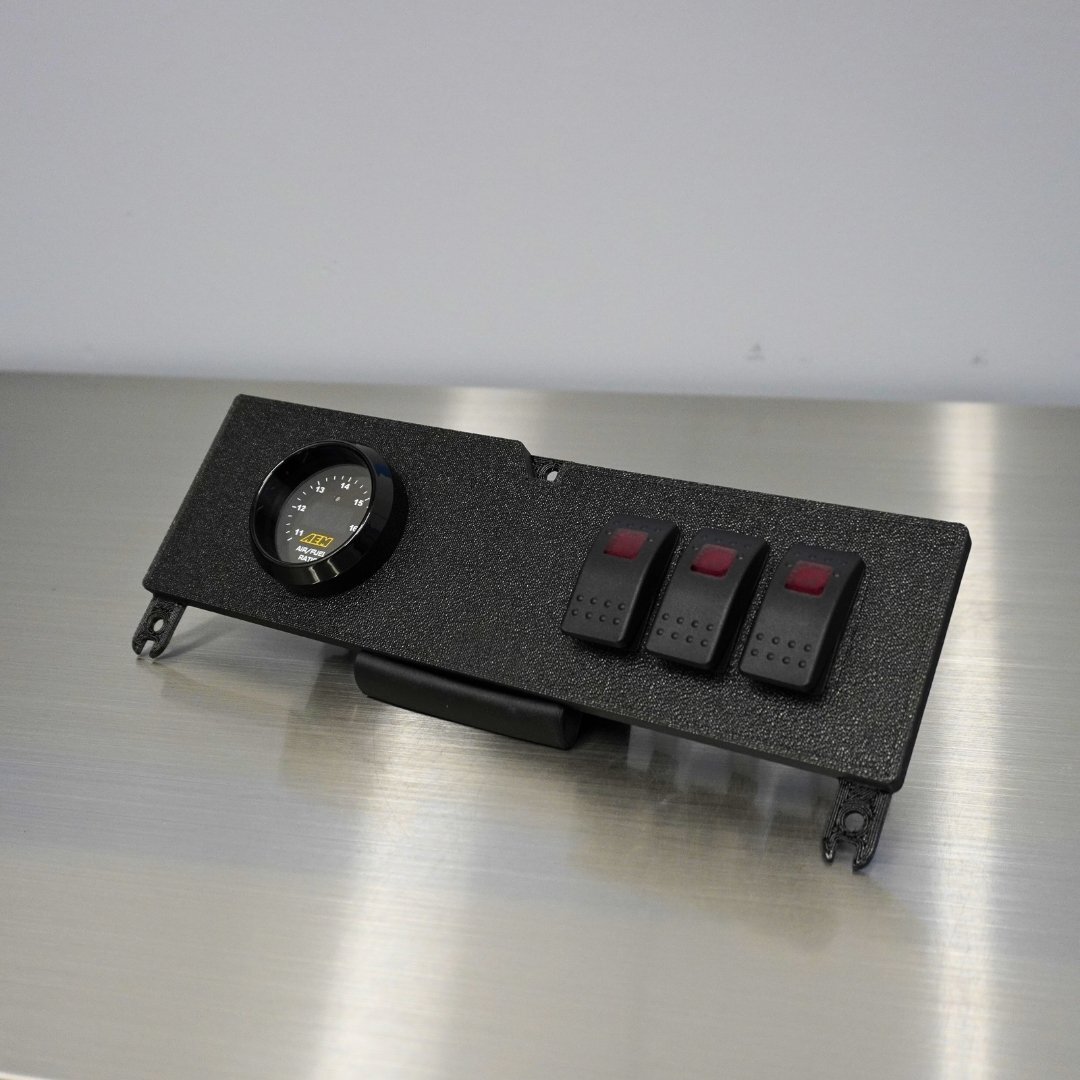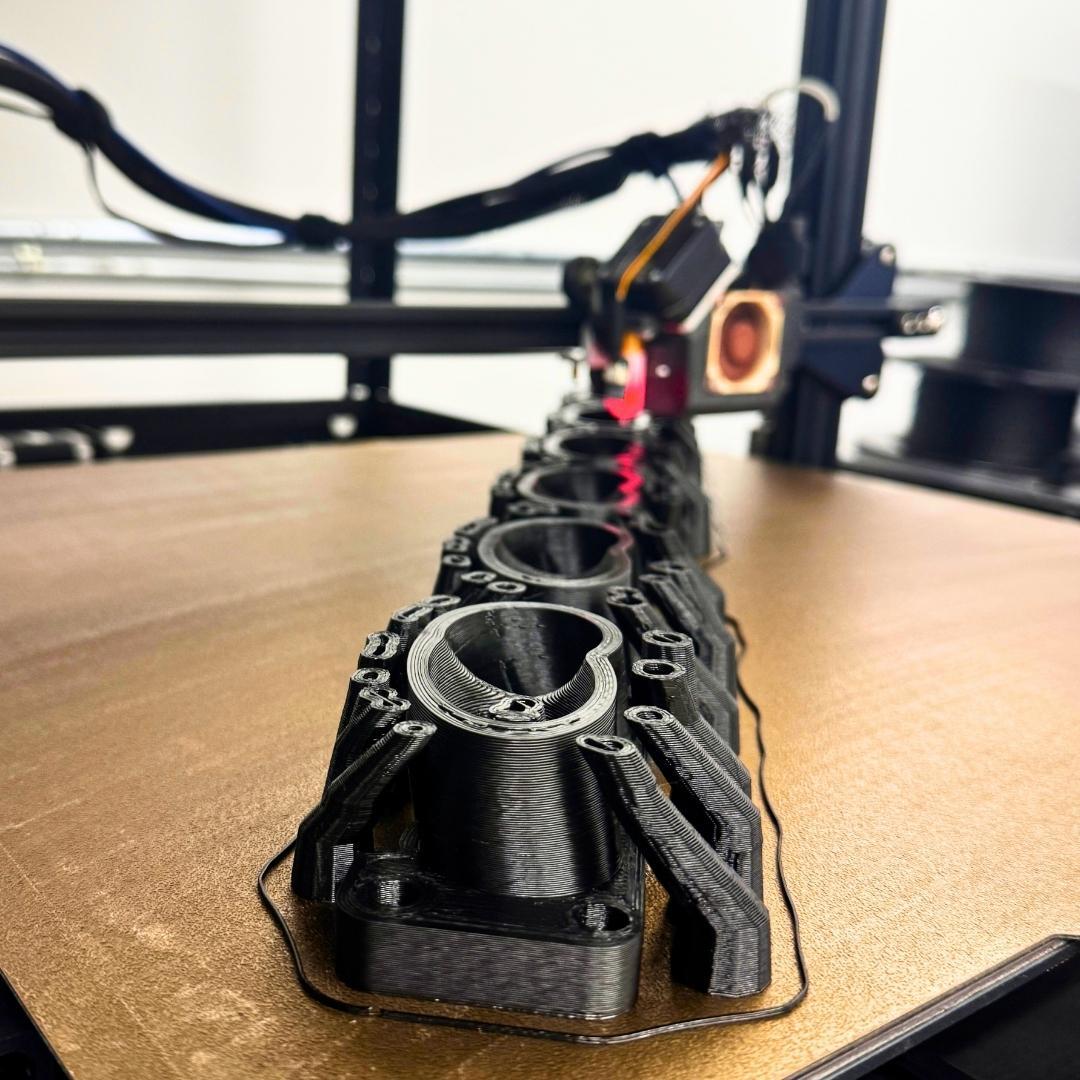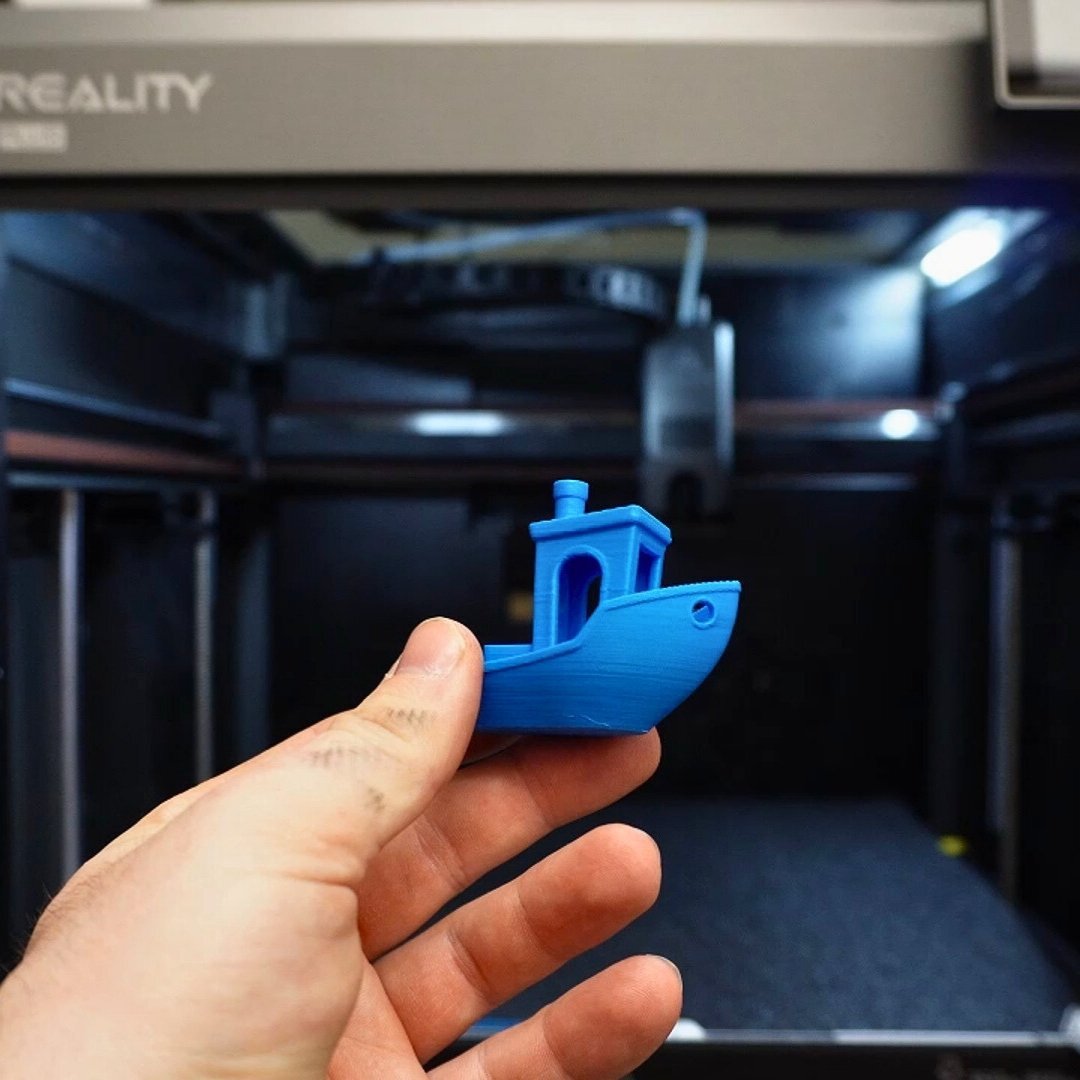Why CF-PETG is the Perfect Material for Automotive Applications (and why we use it)!
Published by Nick T. on Jul 15th 2025
Why We Use CF-PETG for Our 3D Printed Automotive Parts
If you're familiar with what we do here at Reversion Raceworks, then you already know we constantly push the limits of what's possible with 3D-printed parts in the automotive world. From our bread-and-butter digital dash bezels to prototype intakes, turbo fan wheel covers, and everything in between, we rely on our filament to perform in any scenario.
That’s why our go-to material for the majority of our production parts is carbon fiber-reinforced polyethylene terephthalate glycol, better known as CF-PETG. We run it across our entire fleet of machines, from the open-air CR-10s to the heated-chamber K2 Plus and even the massive Modix Big Meter. It’s the material that meets our demands on the print bed and in the real world.
Heat Resistance Where It Matters
In the automotive world, heat resistance isn’t just nice to have, it’s absolutely critical. Whether you’re talking about a part that lives on the dash in the summer or something mounted near the engine bay, the ability to withstand high temps without warping or deforming is a must. PLA doesn’t cut it here, and even ABS can start to struggle.
CF-PETG gives us that edge. Its heat deflection temperature (HDT) typically falls between 70 and 80°C (158–176°F), which gives it a clear advantage over standard PLA blends that start to give out around 55–60°C. That difference means you can install a CF-PETG part and trust it to survive inside a closed-up car on a hot day or parked trackside in July.
Reliable Printing Without the Headaches
There are other filaments out there that can handle heat better, like nylon or polycarbonate, but they come with a list of printing headaches that can slow down production. Warping, moisture absorption, bed adhesion problems, and higher temp requirements all make them less ideal for daily use, especially when you’re running multiple machines and aiming for consistency, like us!
CF-PETG gives us the performance we need without the pain. It prints cleanly on a wide range of machines, with minimal warping and strong layer adhesion. Once we’ve dialed in our settings, we know what to expect every time we hit "print," whether it's on a CoreXY in a heated chamber or a Creality bed slinger out in the open. Of course, other factors like your print enviornment, play a role, but generally speaking CF-PETG is fairly forgiving.
Strong, Stiff, and Ready for the Road
The carbon fiber reinforcement in CF-PETG doesn’t just make it sound cool, it adds real strength to the material. That matters when you’re designing parts that mount to factory locations, hold wiring in place, or need it to snap securely into trim panels. The added stiffness also helps prevent creep over time, especially in high-load areas.
Parts printed in CF-PETG feel solid. Where plain PETG can feel a little rubbery or flex too much for structural use, the carbon fiber makes CF-PETG crisp, durable, and confidence inspiring.
Clean Finish, Professional Feel
Looks might not be everything, but no one wants a cheap looking part in their interior. One of the perks of CF-PETG is its natural surface finish. The carbon fiber filler gives it a matte texture that looks sleek, hides layer lines better than glossy filaments, and resists fingerprints and light scuffs. It’s one of the few materials that looks good right off the printer, without needing sanding, paint, or post-processing. Of course, for those that want to go the extra step, bodyworking and painting the parts is always an option, but because of the great off-the-bed finish, totally not required!
Accurate Prints for Perfect Fitment
When you’re making custom parts that have to match OEM tolerances, fitment is everything. CF-PETG has low shrinkage and great dimensional stability, which means the parts we print today will fit the same as the ones we print next week. That consistency is why we trust it for all of our final production runs, especially on items that customers are installing directly into their vehicles with minimal modification.
Whether it’s lining up with factory screw holes or clicking into a dash opening, we know CF-PETG will hold its shape and meet our expectations.
Durable Enough for the Long Haul
CF-PETG also holds up well against many of the harsh conditions you’ll find in and around a car. It’s resistant to oils, greases, and mild solvents, and it doesn’t get brittle or degrade quickly in sunlight like cheaper materials. While it’s not as chemical-resistant as pure nylon or polypropylene, it performs well in everyday use, especially inside the cabin or trunk.
We’ve had customers install our parts in street cars, show cars, and track builds, and they’ve held up for years without issue, so rest assured with your next dash bezel install!
So Why Not Just Use PLA or Nylon?
Every material has its role. We use PLA all the time during the early stages of product development. It’s great for fast prototyping, quick test fits, and concept work. Every product we sell started out as a PLA mock-up. Plus, who's going to complain about the low cost! But once we’re happy with the design, it’s time to move to something more heat-resistant and durable.
On the flip side, nylon is excellent for high-stress parts or under-hood components. Our premium parts, including our ‘67–’72 C10 dash bezel and most of our vent-mounted gauge pods, are all made from SLS nylon for that exact reason. We’ve even made some one-off intakes and engine bay parts from nylon blends when the application called for it.
But for most production parts, CF-PETG hits the sweet spot. It’s strong, heat-resistant, easy to print, and delivers a clean, professional finish. That’s why it’s our go-to material and likely the one you’ll find in your Reversion Raceworks part.
Have a 3D printer at home? Give it a try!
If you have a printer at home and you'd like to get into some more advanced materials, definitely give CF-PETG a try! With a few calibrations, you'll likely be on your way to printing something really great!
Here are just a few caveats to keep in mind!
- Nozzle Wear
- CF-PETG is abrassive and will wear out a brass nozzle in as little as a few hundred grams of filament. You'll want to swap to a harder nozzle, like steel. Check out our in-depth video on everything nozzles!
- Clogging
- While generally easy to print, the added fibers can cause clogs. We find that a bigger nozzle size of 0.6mm helps grealty, as well as properly dialed in retraction and nozzle temp settings
- Moisture Sensitivity
- CF-PETG is more moisture-resistant than plain nylon, but it can still absorb water over time. Wet filament causes popping, stringing, and rough surface finish.
Store it in a dry box when not in use, and always dry your filament before using for best results, even a fresh roll.
- CF-PETG is more moisture-resistant than plain nylon, but it can still absorb water over time. Wet filament causes popping, stringing, and rough surface finish.
- Tuning is Key
- CF-PETG is less forgiving than PLA, and a poorly tuned printer can lead to under-extrusion, weak layer adhesion, or surface artifacts.

